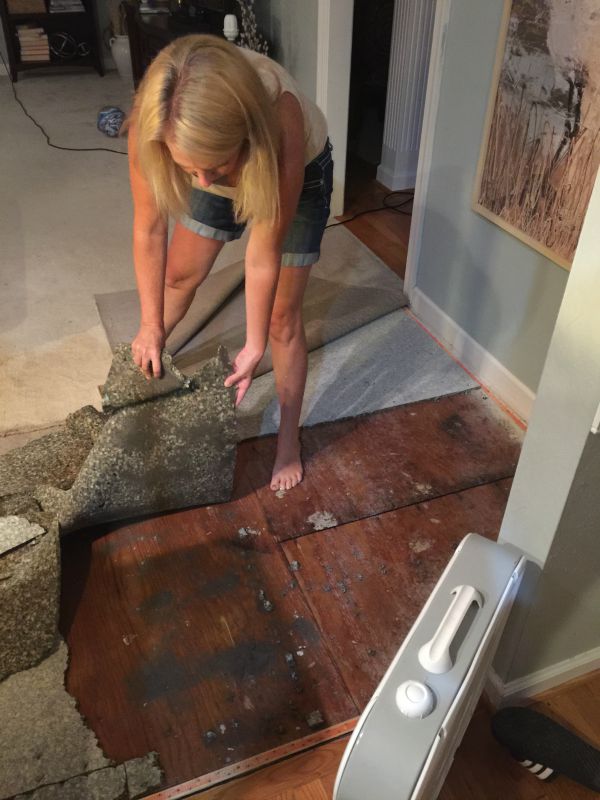Wet Carpet Help

Carpets that are damp or wet as a result of flooding can lead to mildew and other fungi buildup which leads to possible health risks for you and your family.
Wet carpet help. Note that some carpet shampoos are designed to be used in a carpet cleaning machine while others can be used with. If you have wet carpet there s no time to lose. If you don t have insulation and you dry out the basement quickly you don t have to replace the drywall. If your carpet is in a room with windows open them up and let the fresh air do all the work.
It s important to act. Use your body weight and soak up the water by walking over the carpets until the towels are fully saturated. This is also an excellent way to avoid any musty damp smells that some carpets develop in a. But if the insulation is wet it s gotta go wet insulation cannot be saved.
Wet carpet can be a perfect breeding ground for mold especially if the air is humid and the water remains in place longer than 48 hours. Keep at this until the areas is completely dry. The best way to help your carpet dry is by creating good airflow in the room. Towels for wet carpet.
If you are able check underneath the. It is best to deal with a wet carpet as quickly as possible to stop this from happening. How to keep wet carpet from molding. The easiest way to dry an area of wet carpet is to lay down the appropriate amount of towels to cover the water stained area.
Commercial carpet shampoo can also help remove a wet carpet smell. It can be found at your local grocery store or online. Here are a few things you can do to help the carpet dry. Follow these steps for drying your carpet properly and preventing the spread of moisture and mildew.
The wet vacuum cleaner removes water from the carpet itself but it may not be able to remove it from the padding if the water has wicked through the carpet backing or soaked in under the edges. Snap a chalk line cut the drywall with a recip saw and toss the wet stuff. Keep an eye on the fill tank and make sure you dump it before hitting overflow. The most important part is first stopping water from flowing into the problem area.














































